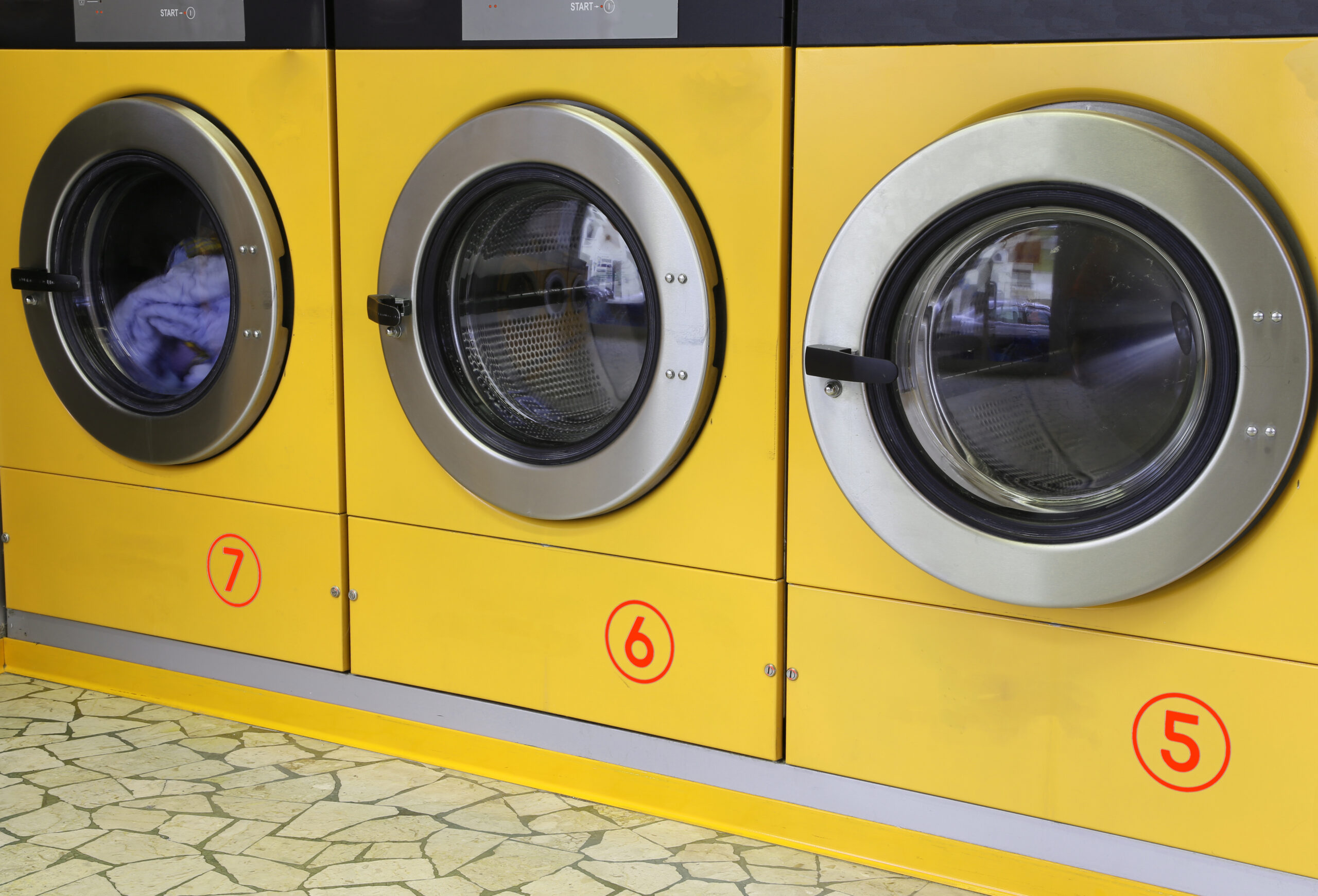Starting a laundromat can be a profitable and recession-resistant business, but success depends on careful planning and execution. A laundromat requires substantial upfront investment, strategic site selection, and a well-designed layout to attract consistent foot traffic. From securing permits to selecting equipment, every step must be handled systematically to avoid delays and maximize your return. Whether you’re opening a self-service store or planning additional services like wash-and-fold or delivery, having a comprehensive checklist can help you stay organized and focused. Use the guide below to move from concept to grand opening with confidence.
1. Conduct Market Research and Feasibility Study
Before investing in a laundromat, it’s essential to understand the local demand, competition, and demographic trends. Research your target area to ensure there’s enough customer traffic to support a new laundry business. Look into apartment density, median income, parking access, and competitor pricing. Consider performing a break-even analysis to estimate how many customers you’ll need to turn a profit. Solid data at this stage can prevent expensive mistakes later.
- Analyze population density and rental housing concentration
- Identify competitor strengths and weaknesses
- Survey local laundry habits and unmet needs
- Estimate customer volume and revenue potential
- Perform a feasibility study with projected ROI and operating costs
2. Choose the Right Location
Your laundromat’s success is tied closely to its location. A great location should offer visibility, accessibility, parking, and proximity to high-density housing. Corner lots, strip malls, and near-university zones are common choices. Avoid areas with poor foot traffic or unreliable utilities. The physical layout and square footage should also match your equipment and service needs.
- Look for spaces with at least 1,500–3,000 sq ft
- Prioritize visibility from busy roads and intersections
- Ensure adequate water, electrical, and gas capacity
- Consider zoning laws and landlord restrictions
- Verify parking availability for peak traffic hours
3. Form a Legal Entity and Register Your Business
Protect your personal assets and structure your business correctly by forming an LLC or corporation. You’ll also need to register for federal and state tax IDs and get a business license. Depending on your city, you may need permits related to water usage, signage, and commercial waste. This step sets the foundation for taxes, banking, and vendor relationships.
- Choose a business structure (LLC, S-Corp, etc.)
- Register your business name with the state
- Apply for an EIN from the IRS
- Open a business bank account and set up accounting
- Obtain any local licenses or operational permits
4. Develop a Business Plan and Secure Funding
A strong business plan outlines your startup costs, pricing model, target customers, and revenue projections. It’s also essential if you plan to seek financing from banks or investors. Include your marketing strategy, service offerings, staffing plan, and equipment list. Lenders will want to see repayment potential based on realistic operating costs and cash flow.
- Write a business plan with executive summary and financials
- Calculate startup costs including machines, leasehold improvements, and utilities
- Estimate monthly operating expenses and breakeven point
- Explore SBA loans, equipment financing, or private investors
- Include a marketing and growth strategy in your plan
5. Design Your Store Layout and Select Equipment
A good laundromat layout ensures smooth customer flow, proper spacing, and safe operation. Work with a professional designer or equipment distributor to optimize space. Choose machines based on capacity, efficiency, and customer demand. Reliable brands like Speed Queen, Dexter, and Continental Girbau are often used in commercial settings. Consider machine mix, folding stations, seating, lighting, and payment systems.
- Create a layout with clear entrance, wash, dry, and fold zones
- Choose a mix of small, medium, and large capacity washers
- Select high-efficiency gas dryers for speed and savings
- Install seating, vending machines, folding tables, and trash bins
- Plan for POS, payment terminals, and security cameras
6. Purchase and Install a POS and Management System
Modern laundromats use POS systems to manage pricing, payments, loyalty programs, and real-time machine tracking. A platform like The Laundry Boss supports mobile payments, app-based customer tools, and cloud-based owner dashboards. These systems increase convenience for customers and simplify business operations for you. Choose software that integrates with your machines and supports unattended operations if needed.
- Accept mobile payments, cards, and optional cash
- Offer app-based loyalty and cycle tracking
- Monitor machine status and revenue remotely
- Adjust pricing by time of day or machine type
- Track sales, usage, and customer behavior data
7. Hire Staff or Prepare for Unattended Operation
Decide if your laundromat will be fully self-service, partially staffed, or fully attended. If you plan to offer wash-and-fold or delivery, you’ll need trained employees to handle customer laundry. Create job descriptions, training protocols, and scheduling plans. For unattended locations, invest in security cameras, customer service signage, and a reliable customer support line.
- Define roles: attendants, cleaners, drivers, etc.
- Create an employee handbook with cleaning and customer service guidelines
- Set up payroll and HR systems
- Install security systems for off-hours monitoring
- Provide customers with contact info for issues
8. Launch Marketing and Grand Opening Plan
Before your grand opening, build awareness in your community. Create social media pages, claim your Google Business profile, and run ads targeting nearby renters. Host a soft launch or discounted first-week event to bring in new customers. Use flyers, posters, and referral programs to reach local residents. Continue marketing consistently after launch to maintain traffic.
- Claim your Google Maps listing and update your hours
- Launch a basic website or landing page
- Use local Facebook groups or digital ads to promote
- Offer free washes or prize drawings for opening week
- Distribute flyers in apartment buildings, dorms, and local businesses
9. Set Up Vendor Accounts and Supplies
Laundromats require supplies beyond machines. You’ll need laundry carts, soap dispensers, change machines, signage, and vending products. Build relationships with trusted vendors for detergents, parts, and maintenance. Consider working with a full-service distributor that can bundle equipment, parts, and support under one umbrella.
- Purchase carts, hampers, and baskets
- Stock vending items like detergent, snacks, and drinks
- Install signage for instructions and pricing
- Set up accounts for repairs, soap delivery, or cash collection
- Order backup parts like belts, hoses, and filters
10. Track Performance and Improve Operations
Once your laundromat is open, track performance metrics like daily revenue, machine usage, peak hours, and customer feedback. Use software reports to make informed decisions about pricing, maintenance, and promotions. Customer service and clean facilities will keep your business growing. Schedule regular reviews to identify areas for improvement and expansion.
- Review POS reports weekly
- Monitor machine downtime and repairs
- Adjust staffing or pricing based on trends
- Send out customer surveys or run referral promotions
- Consider adding new services or machines as business grows








